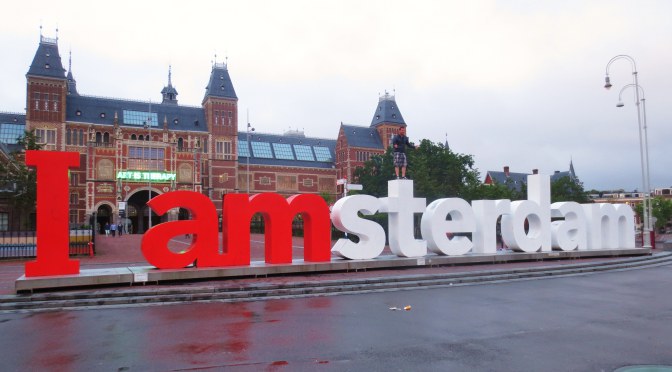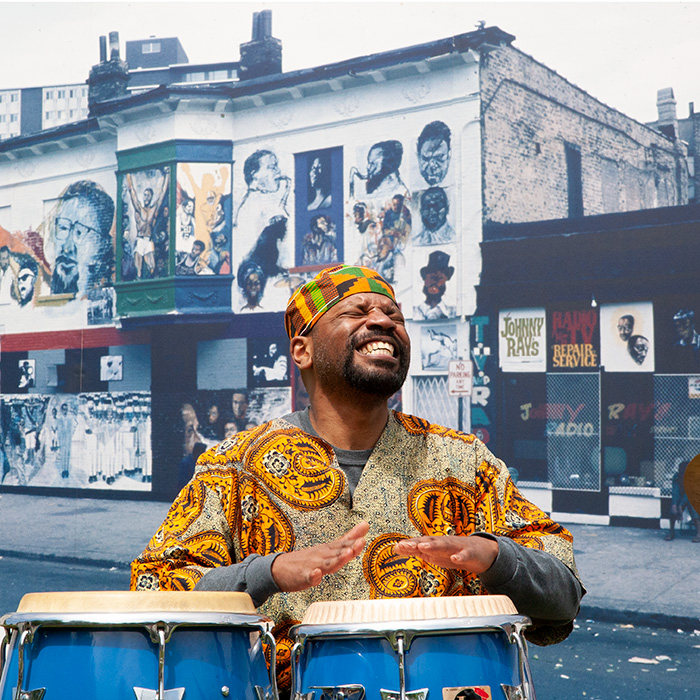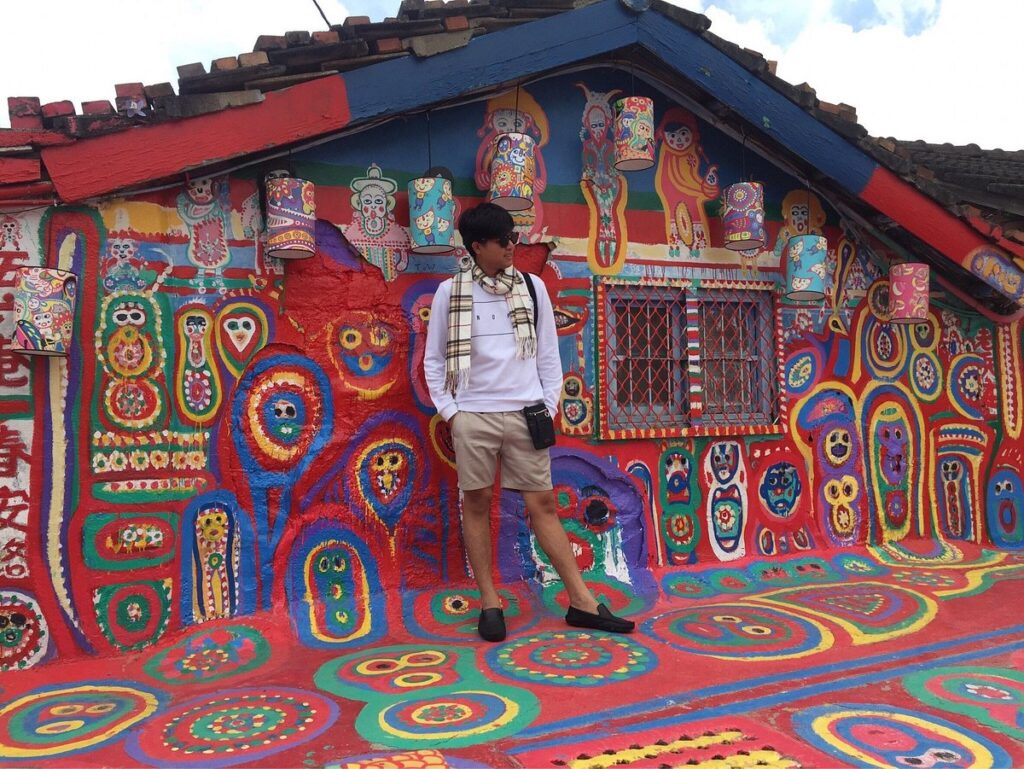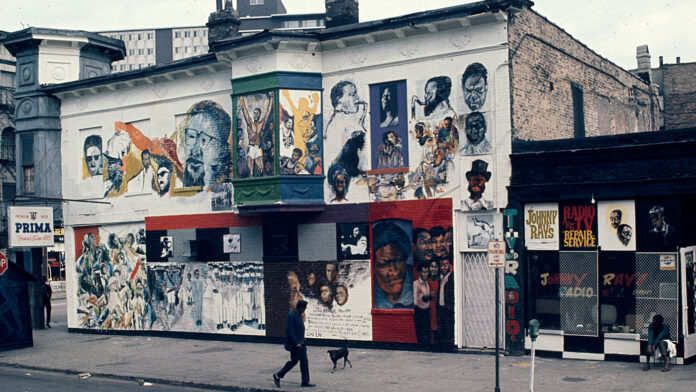Public art, with its ability to transcend traditional gallery spaces and reach diverse audiences, has emerged as a powerful catalyst for change. Beyond its aesthetic appeal, public art projects serve as a vehicle for community engagement, fostering dialogue, and igniting social change. In this exploration, we delve into the transformative impact of public art installations, highlighting their role as community-driven agents of positive change.
Community Engagement through Art: Breaking Down Barriers
Public art projects have the unique ability to break down barriers, both physical and metaphorical, bringing art directly to the people. Unlike conventional gallery settings that may seem exclusive or intimidating, public art installations are accessible to everyone, regardless of age, background, or socioeconomic status. This accessibility creates an inclusive space for community members to engage with art on their own terms.
Community engagement through art is not just about passive observation; it encourages active participation and dialogue. Public art invites individuals to interact with their surroundings, fostering a sense of connection to both the artwork and the community. Whether it’s a mural on a city wall, a sculpture in a park, or an interactive installation in a public square, these projects serve as catalysts for spontaneous conversations and shared experiences.
Art for Social Change: Amplifying Voices and Narratives
Public art has the power to amplify marginalized voices and advocate for social change. Many public art installations are intentionally designed to address pressing social issues, ranging from environmental concerns to issues of justice, equality, and inclusion. By bringing attention to these topics in public spaces, artists contribute to a broader dialogue that challenges societal norms and inspires collective action.
One notable example is the proliferation of murals that serve as visual protests and calls for justice. In the wake of social movements, artists around the world have utilized public spaces to create powerful murals that memorialize victims of injustice, celebrate resilience, and demand systemic change. These murals become symbols of resistance, inviting viewers to reflect on their roles within the larger social fabric.
Public Art Installations: Transforming Urban Landscapes
The urban landscape, often characterized by concrete jungles and impersonal architecture, is transformed by public art installations. These projects inject vibrancy, creativity, and a sense of identity into cityscapes, turning mundane spaces into dynamic cultural hubs. Murals, sculptures, and installations redefine how individuals perceive and interact with their surroundings, fostering a sense of pride and ownership in the community.
Community-driven public art installations, in particular, involve residents in the creative process. Local artists collaborate with community members to design and execute projects that reflect the unique character and history of the neighborhood. This collaborative approach not only ensures cultural authenticity but also instills a sense of pride and ownership among residents, further strengthening community ties.
Community-Driven Art: Empowering Local Voices
One of the most significant aspects of public art as a catalyst for change is its ability to empower local voices. Community-driven art projects prioritize the input and perspectives of residents, allowing them to actively shape the narrative of their community. Through participatory workshops and engagement initiatives, artists collaborate with community members to co-create artworks that reflect the diversity and richness of their experiences.
These projects go beyond mere aesthetics; they become platforms for storytelling and cultural preservation. Whether it’s a mural depicting the history of a neighborhood, a sculpture capturing the spirit of a community, or an interactive installation celebrating local traditions, community-driven art becomes a tool for empowerment and self-expression.
Case Studies: Public Art Driving Change
Several notable public art projects around the world exemplify the transformative power of art in fostering change and community engagement.

The “I AMsterdam” Letters (Amsterdam, Netherlands): In the heart of Amsterdam, the iconic “I AMsterdam” letters serve as more than just a tourist attraction. This installation has become a symbol of inclusivity, welcoming individuals from all walks of life. The letters provide a platform for public expression, with people using the space to celebrate events, share messages of unity, and engage in spontaneous performances.

The Wall of Respect (Chicago, USA): Originating during the Civil Rights Movement, the Wall of Respect in Chicago is considered one of the first community murals. Painted on the side of a building, this mural celebrates African American heroes and serves as a visual representation of the community’s aspirations for social justice. The Wall of Respect paved the way for countless community-driven murals that continue to advocate for change across the globe.

The Rainbow Village (Taichung, Taiwan): What was once a nondescript village in Taiwan has been transformed into a vibrant, colorful community known as the Rainbow Village. A former soldier, Huang Yung-Fu, began painting the walls of his village with whimsical characters and vibrant colors. His art not only saved the village from demolition but also turned it into a popular tourist attraction, bringing economic benefits to the community.
Challenges and Opportunities: Navigating the Path Forward
While public art projects offer immense potential for positive change, they also face challenges that require careful consideration. Issues such as gentrification, appropriation, and the balance between artistic expression and community representation demand thoughtful navigation. Artists, community organizers, and city planners must work collaboratively to ensure that public art projects genuinely reflect the aspirations and identities of the communities they serve.
Moreover, sustainable funding models are crucial for the longevity of public art initiatives. Public and private partnerships, grants, and community-driven fundraising efforts can help secure the financial support needed for the planning, execution, and maintenance of public art installations.
Art as a Catalyst for a Better Tomorrow
In conclusion, public art stands as a powerful catalyst for positive change, engaging communities, amplifying voices, and transforming urban landscapes. By fostering community-driven art projects and embracing art as a tool for social change, we can create environments that inspire, unite, and empower. Public art transcends the boundaries of galleries, reaching people where they live, work, and play, and in doing so, it has the potential to shape a more inclusive, empathetic, and vibrant future for communities around the world.

























